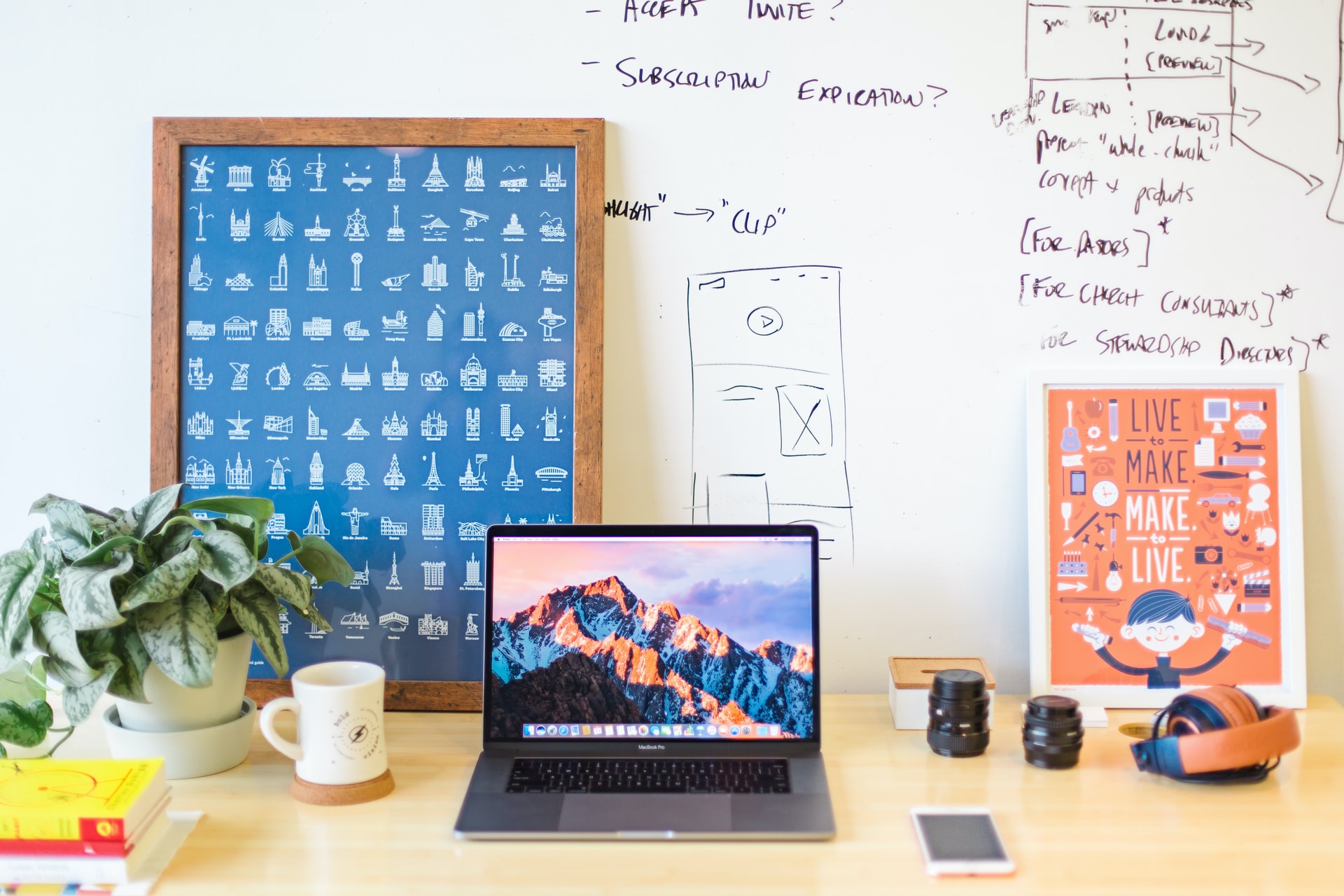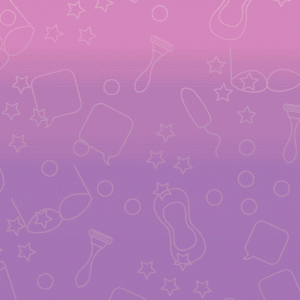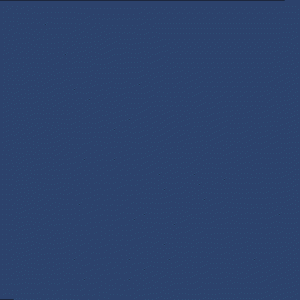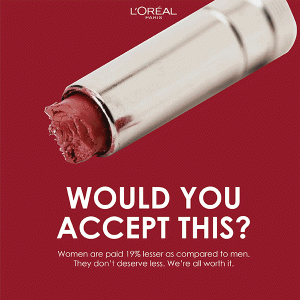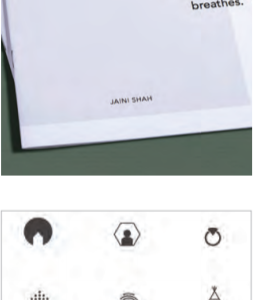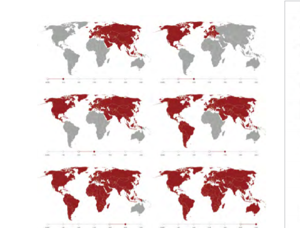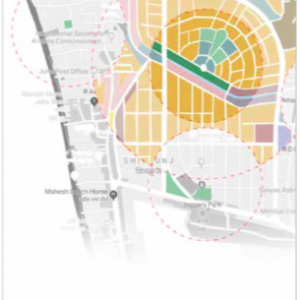A communication design career can be rewarding and fulfilling for many. It’s quite creative as well as analytical. Communication designers must combine audio and visual elements to create attractive marketing and brand promotional material.
One can say this is a combination of graphic design, animation, communication, and multimedia. Graphic design, animation, video film design, and user experience design play a major role, too. As you can see, one must be multifaceted in this field.
Communication Design Career Options
A visual communication career includes many opportunities, thanks to the advent of social media. These platforms have created a vast sea of options through which brands market their wares to their target audiences.
But it’s not limited to social media, this field also includes print communication, dynamic information design, design planning, interactive multimedia, and internet communication. There are many visual communication job opportunities that are sought-after. Here are a few of them.
1. Information Designer
An information designer must make facts and figures look attractive to the viewer. This is no easy task, as we all know how dry number crunching can be. An information designer must put together text, non-visual elements, and graphics. They must be blended in such a way that the end result looks good.
A pro information designer needs to master typography, know how to perform statistical analysis, and have a sharp sense of aesthetics. It also helps to understand human psychology and behavior. This helps in figuring out how to present boring data in a more interesting and engaging way.
2. Print Media Designer
Magazines and newspapers hire print media designers to plan and execute the layout of their publications. They do this by using their knowledge of design elements. Print media designers make sure that the newspapers, magazines, online publications, and other such material look visually appealing while being readable. The purpose of this is to increase customer engagement.
Now, with social media playing such a huge role in the way people consume information, print media designers have a whole new area to work their expertise in. They’re hired to create and maintain digital marketing material.
This includes advertisements, web pages, landing pages, email, HTML mailers, and digital media graphics. The skills required to be a successful print media designer include knowledge of typography and layout, design knowledge, and creative thinking.
3. Animation
An exciting communication design career option is animation. Animation includes a variety of job opportunities, including motion design, film titles, trailers, bumpers, and program openers. Some places that seek this skill are advertising agencies, film and video production houses, gaming companies, mobile technology firms, and graphic design studios.
The skills required in this field are excellent audio and video editing abilities. Animators must know advanced multimedia tools such as Photoshop, Modo, AfterEffects, Nuke, and Maya. They should have some experience in creating storyboards, models, and teamwork skills. Animation is a group-based activity, and animators will have to work alongside sound engineers.
4. User Experience (UX) & User Interface (UI) Designer
UX and UI are increasingly sought-after jobs in visual communication. After all, they’re responsible for creating a crucial part of the user experience. Even if it’s online content, end users will always prefer material that’s user-friendly, engaging, interactive, and easy to navigate. Before a digital property or product is launched into the market, company heads ensure they focus on the UX and UI experience.
A UX designer has to creatively craft online products that are intuitive and interactive. They must have strong research skills, in-depth training in technical structuring, and testing. Each design element has to be chosen and created if it’s easy to use and adds to the end experience. UI is actually a part of UX and both have the same end goal in place – to create a better user experience.
A UI designer focuses on the layout, ensures it is user-friendly and engaging and uses consistent visual and text elements throughout a design. The main difference between the two is that UI design is crucial to interact with a product, and UX focuses on how this particular interaction feels.
For both these roles, one must be trained in the latest design software, have a sharp eye and an analytical mind, and know how to solve consumer solutions creatively. One must also have a deep understanding of consumer mindsets.
These are some rewarding career options for those interested in pursuing communication design. To prepare for a future in these, students must train under expert teachers. The best place to learn the details of this fascinating subject is ISDI – School of Design and Innovation.
The 4-year course will prepare students for challenging careers in communication planning and design — publishing, advertising, motion and broadcast media, corporate branding, interaction design, exhibition, museum, and retail design.
Learn Communication Design from One of the Best Colleges in Mumbai!

